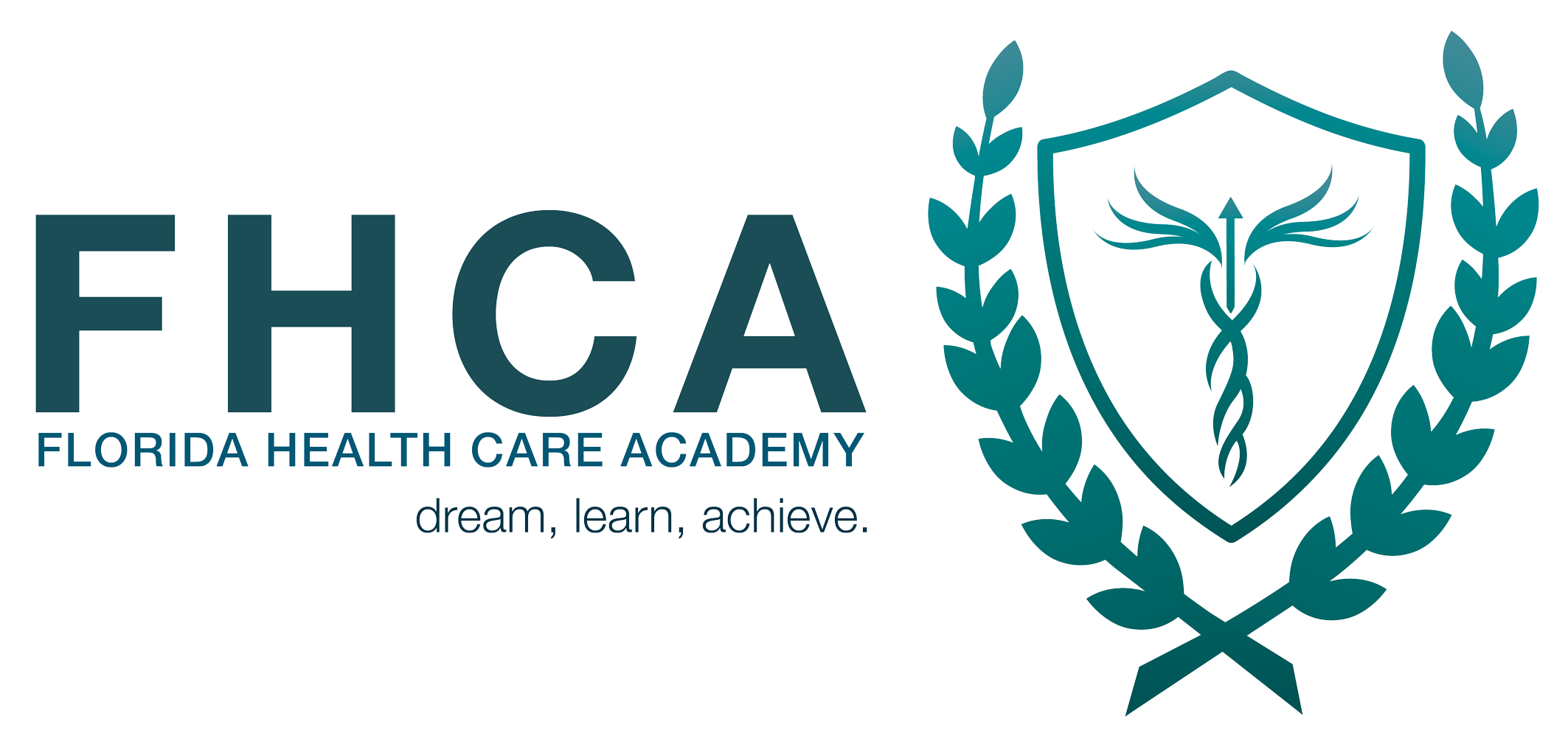
10 Best Jobs For Premed Students
August 26, 2024
Pros and Cons of Being a Phlebotomist: Is It for You?
August 26, 2024Phlebotomy Tips For Success: Improve Your Skills Today

Success in phlebotomy requires a combination of technical skills, effective communication, and meticulous attention to detail. Whether you’re just starting out or looking to refine your abilities, these tips will help you excel in your role and provide the best care possible to your patients.
Table of contents
- 1. Have a firm and confident hold on the needle device
- 2. Communicate clearly with patients to build trust
- 3. Organize your workspace to ensure a safe procedure
- 4. Be prepared to handle difficult situations
- 5. Prioritize accurate documentation to maintain legal compliance
- 6. Develop strategies for managing stress
- 7. Join professional organizations to stay connected in the field
- Wrapping up your phlebotomy skills
1. Have a firm and confident hold on the needle device
Having a firm and confident grip on the needle device is crucial for both your safety and the comfort of your patient. Mastering this skill can significantly improve the efficiency and success of your procedures. For more insights, review the skills needed to be a phlebotomist.
2. Communicate clearly with patients to build trust
Effective communication is key to building trust with your patients, which can ease their anxiety and improve their overall experience. Clear and empathetic communication can make a significant difference in your interactions. Learn more about the benefits of being a phlebotomist to understand the impact of good communication.
3. Organize your workspace to ensure a safe procedure
A well-organized workspace is essential for maintaining safety and efficiency during procedures. Ensuring that all necessary tools are within reach and properly sterilized can prevent errors and contamination.
The National Library of Medicine states that quality assurance practices, including proper workspace organization, are essential in infection prevention and control.
Ensure that you follow all standard operating procedures (SOPs) to minimize the risk of mishaps.
Element | Notes |
Education and training | Necessary for all staff carrying out phlebotomy. Should include understanding of anatomy, risks from blood exposure, and infection prevention and control. |
Standard operating procedures (SOPs) | Required for each step or procedure. Should be written and readily available to health workers. |
Correct identification of the patient | Ensure patient identity matches laboratory request form. For blood donation, match donor identity with screening test results. For blood sampling, implement a system to track and match samples correctly. |
The condition of the sample | Ensure sample quality is satisfactory to produce reliable results. |
Safe transportation | Safe transportation of blood or blood products is essential for maintaining the quality of laboratory testing results. |
An system for accident reports | A system to report all adverse events. Should include a log book or register with accurate details of the incident, causes, and management. |
4. Be prepared to handle difficult situations
Phlebotomists often encounter challenging situations, from difficult patients to unexpected complications. Being prepared and knowing how to manage these situations calmly and professionally is key to success in this field.
5. Prioritize accurate documentation to maintain legal compliance
Accurate documentation is not only crucial for patient care but also for maintaining legal compliance. Properly recording each step of the procedure ensures that you are following protocol and protecting yourself from potential legal issues.
Consider the importance of a phlebotomy background check as part of your compliance strategy.
6. Develop strategies for managing stress
Managing stress effectively is essential for maintaining your performance and well-being in a demanding job. Developing strategies to cope with stress, such as deep breathing or regular breaks, can help you stay focused and efficient throughout your workday.
7. Join professional organizations to stay connected in the field
Staying connected with other professionals through organizations can provide you with valuable resources, networking opportunities, and updates on industry standards. If you're new to the field, explore how to be a phlebotomist and consider joining a professional group to support your growth.
Wrapping up your phlebotomy skills
Becoming a successful phlebotomist requires a combination of technical skills, effective communication, and a commitment to continuous learning.
By focusing on these core areas—maintaining a firm grip on your tools, communicating clearly with patients, organizing your workspace, preparing for difficult situations, prioritizing accurate documentation, managing stress, and staying connected with professional organizations—you can excel in your role and provide the highest level of care to your patients.
Remember, phlebotomy is not just a job; it's a vital part of the healthcare process that requires dedication and a willingness to continually improve.


